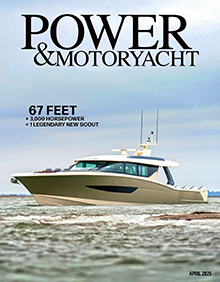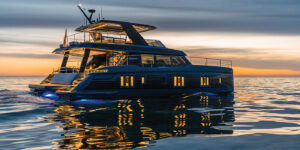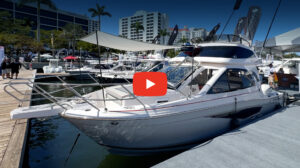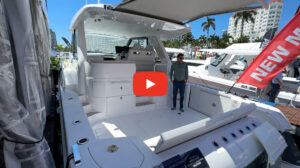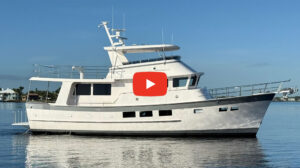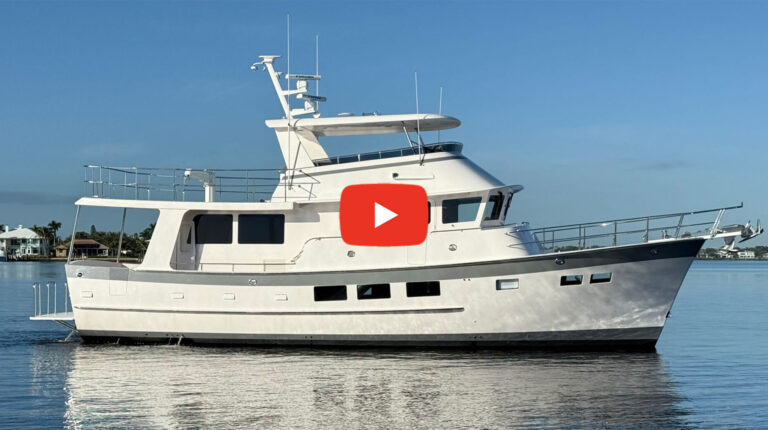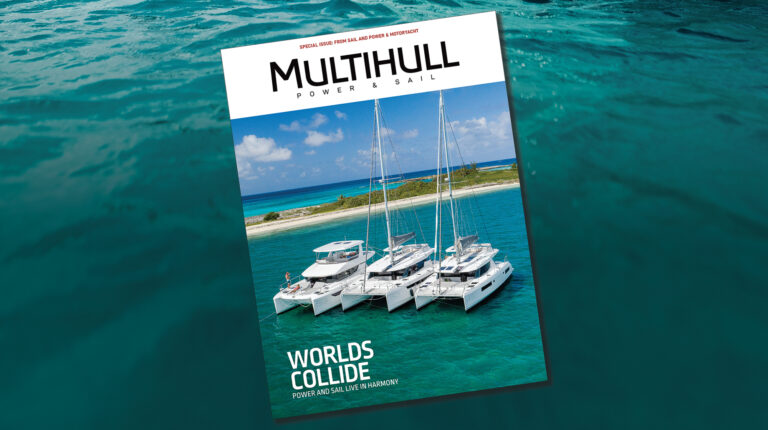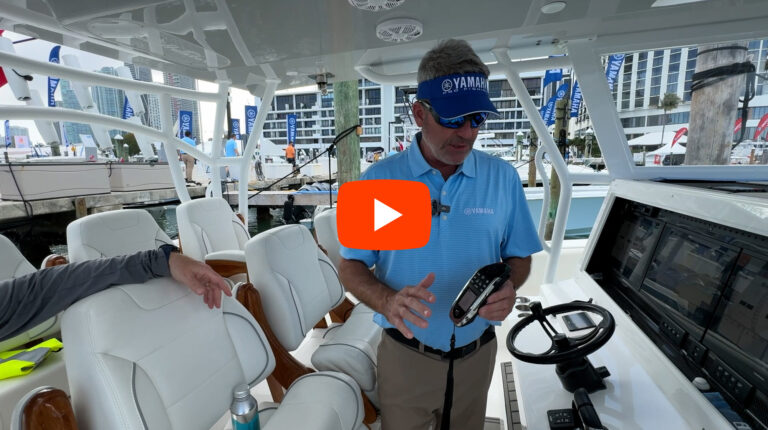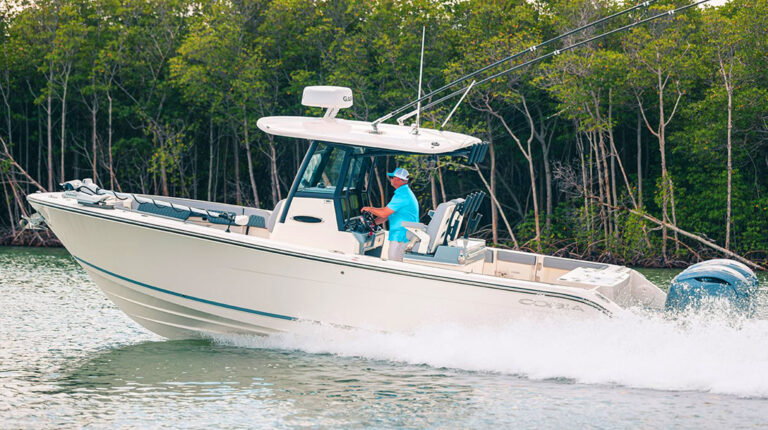An Electrifying Upgrade
Dometic Marine’s all-electric actuator removes the need for hydraulics in a simple, clean and feature-rich outboard steering system.
Seastar’s Optimus EPS electro-hydraulic system debuted in 2012 and utilizes drive-by-wire technology from the electronic helm unit to a pump control module mounted at the stern of the boat. Thin CANBus wires make the connection. The pump control module runs hydraulic pumps that connect to a hydraulic steering ram attached to each engine. This system eliminated long hydraulic runs and drastically simplified the installation of additional steering stations, but it still required rigging hydraulics from the pumps to the steering rams.

Enter Dometic. The company purchased Seastar Solutions at the end of 2017 and re-branded it as Dometic Marine at the end of 2019. Seastar Solutions has long been the dominant provider of around 80 percent of marine steering systems. The newly branded outfit looks to build on their success by engineering an all-electric steering system.
Dometic Marine’s all-electric actuator removes the need for any hydraulic rigging and dramatically simplifies the installation of the boat’s steering system. Connecting the actuator only requires three CANbus connections and wiring power to the unit. A brushless direct current motor and roller screw drive system are contained entirely within the actuator.
It’s almost unfortunate that the actuator is covered by a protective housing that hides an impressive and beautiful array. Dometic is justifiably proud of what they’ve accomplished in the design and manufacture of their Optimus Electric Steering actuator. Though they’re a little tight-lipped about some of the exact tooling techniques, they will proudly tell you that they’ve developed quite a few unique manufacturing processes to deliver the product.
The actuator utilizes what Dometic describes as an inverted roller screw design. It contains seven planetary rollers around a main center screw. The rollers mate with the threaded interior of the actuator housing to extend or retract the ram and control steering. I’m told that getting the high precision threads on the inside of the housing was one of the major challenges of building the actuator. The roller screws are made of hardened stainless steel to ensure durability. But, harder metals are also more brittle, so the alignment of all those threads must be extremely precise to avoid fracturing.

Dometic precisely machines the roller screws to tolerances of .0001 inches and controls the rotation of each roller by hobbing the end of each screw with a pattern that mates to an internal gear. This internal gear meshed with each roller screw maintains thread alignment as the actuator moves to steer the boat.
The promised result of all this innovation is a system that is more responsive, more precise, quieter and easier to install. The all-electric Optimus system carries about a 25 percent premium over the current Electro-Hydraulic system. I suspect most of the cost can be made up in the reduced time and effort required to install a system without any hydraulics, as Dometic estimates the installation of the all-electric system will be two to four hours faster than an electro-hydraulic system.
Additionally, a twin-engine, all-electric system is 33 pounds lighter than its electro-hydraulic sibling. Maintenance is reduced thanks to no fluid to monitor and change. Each Optimus steering system, whether electro-hydraulic or all-electric, utilizes redundant CAN networks to ensure reliable control of the vessel even in the event of a failed connection or cable. Optimus steering systems can control between one and four engines and the Optimus 360 joystick control system can be added to any engine configuration. The steering effort and a number of turns from lock-to-lock can be adjusted based upon the user’s preference, plus those parameters can be set to vary based on the vessel’s speed.
An additional benefit of either the electro-hydraulic or electric system is the ease of adding additional stations. Rather than having to rig any hydraulic lines or cable controls to additional helm locations, all that’s required is extending the CAN networks to the helm location. This cuts down significantly on both parts and installation labor. All the Optimus systems support up to three helms.
Dometic’s Optimus systems equipped with their Optimus 360 Joystick system can also be outfitted with SeaStation GPS dynamic positioning system and Seaways Autopilot (SeaStation has three modes: position hold, heading hold or position and heading hold. The Seaways Autopilot features heading hold, tracking mode or route mode.) Both systems are controlled via Dometic’s color display.
A steering ram probably isn’t something you think about too often, but the improvements offered by Dometic’s all-electric system might be enough to change that. The benefits of the system are clear and the simplicity of installation and adding significant features like joystick, autopilot and DPS make this system pretty compelling. If you’re building a new boat—or retrofitting an existing vessel—it seems pretty obvious this system deserves consideration. I look forward to having the opportunity to give this system an extended sea trial.

